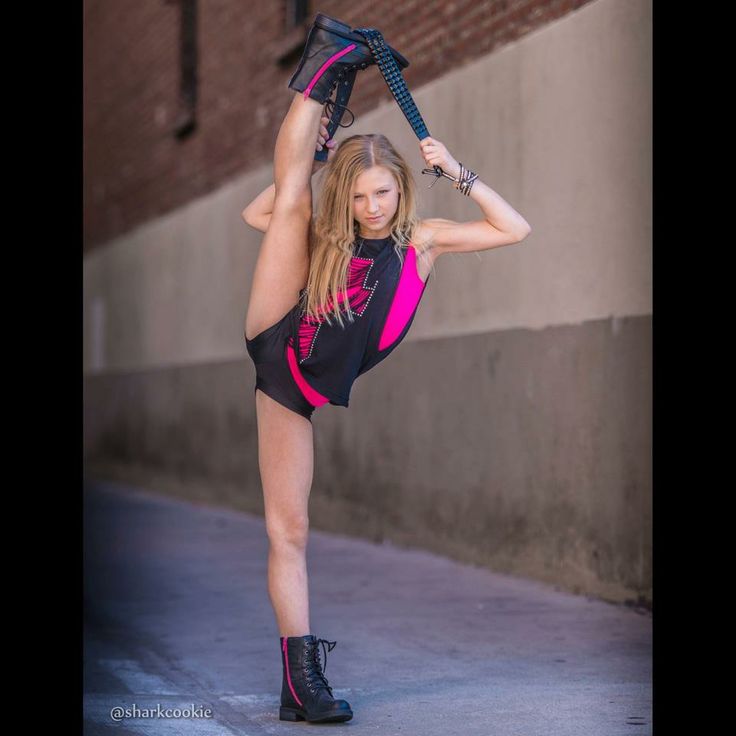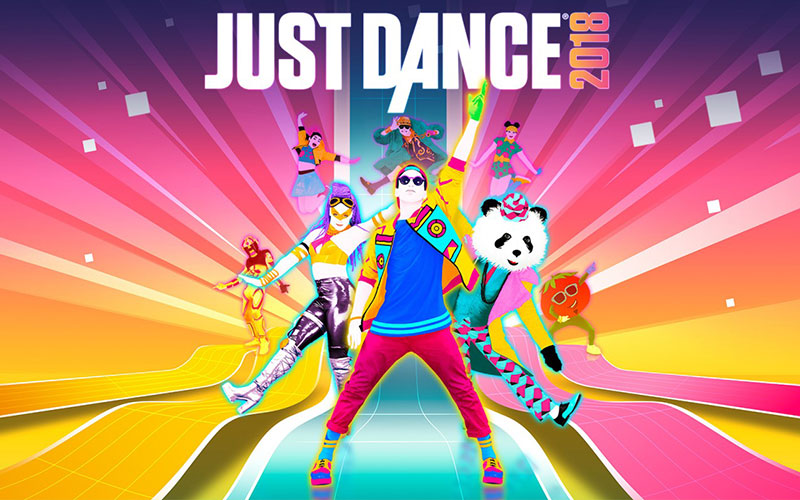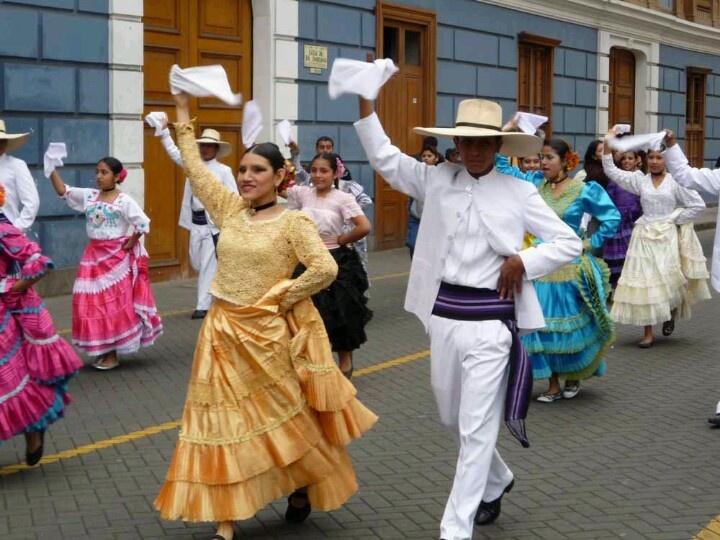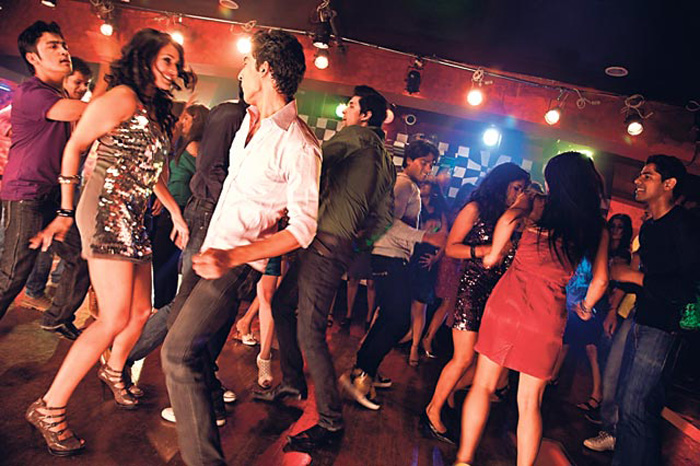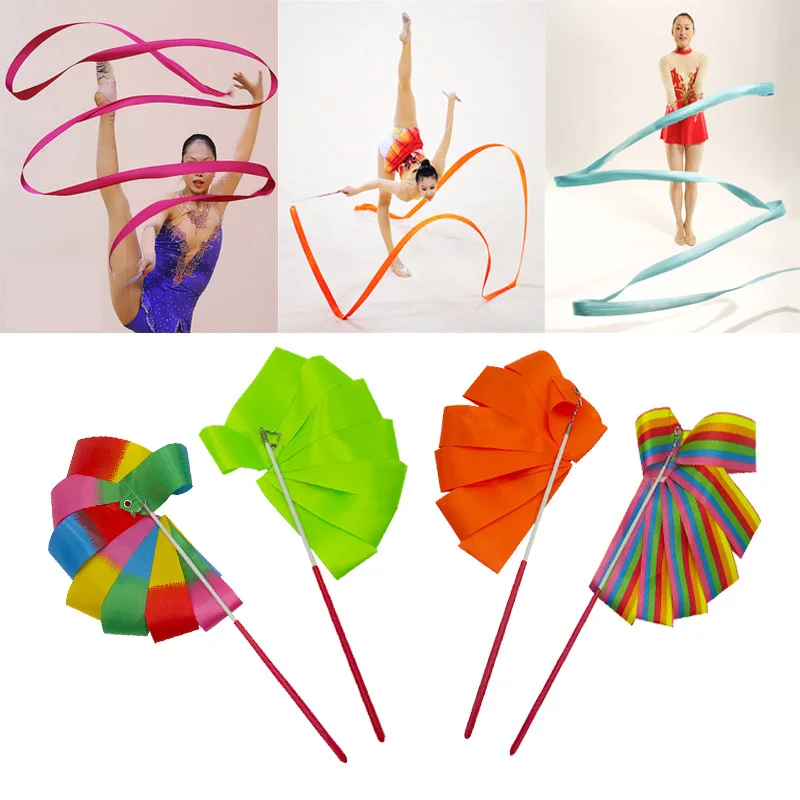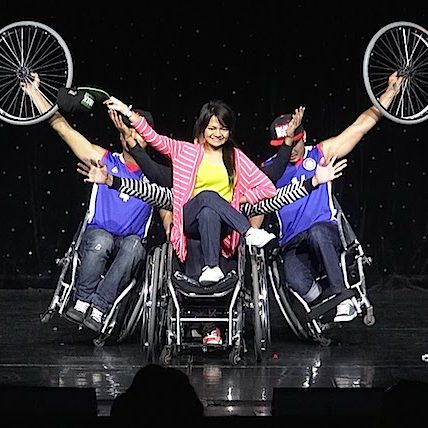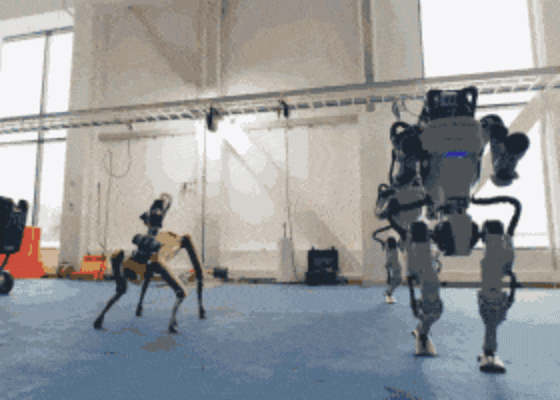How do dancers get so flexible
How to Boost Your Flexibility
"How can I get more flexible?" It's a question every dancer has asked themselves at one time or another. Whether you're attempting your first split or trying to nail a crazy high extension in your new dance uniform, flexibility is one of the key components to being a great dancer. If you want to improve yours, it can certainly enhance your rehearsals in the studio and performances on the stage. Just make sure you take the right approach. Here are some tips to help you in the process.
Tip #1: Take your time.
There's no fast way to get more flexible. So don't look for some quick fix on the Internet that will magically elongate your dance moves. It doesn't exist and you could actually wind up hurting yourself in the process. In fact, when you try to make too much progress too fast, you're going to end up with some kind of sprain or strain in your muscles, tendons or joints.
Instead, take a gradual approach. Try to slowly and patiently improve flexibility so that your muscles have the time they need to safely adapt.
Tip #2: Warm up first.
Another vital tip to improving your flexibility involves warming up first. If you start stretching with cold muscles, you're going to wind up with an injury because your muscles aren't limber and ready to stretch in the way you want them to. Doing so can also cause muscle instability that impacts both your strength and agility.
So rather than jumping into difficult stretches or exercises to enhance flexibility, warm up first with a few minutes of cardio. This can be as simple as some jumping jacks or running in place for a couple of minutes. Then ease yourself slowly into your first stretching pose and take it from there.
Tip #3: Listen to your body.
When it comes to stretching and building flexibility, everyone's body is different. What's easy and comes naturally for one dancer -- who's more limber -- might take months of work for another. That's why it's important to listen to your body and pay attention to what works for you. Some dancers are naturally built to be more flexible, so don't compare yourself to others during the process.
Some dancers are naturally built to be more flexible, so don't compare yourself to others during the process.
When you're holding your stretches, also be careful that you don't hold them for too long. In the beginning of class, aim for holding your stretches no longer than 15 seconds. Toward the end of class, however, you can hold stretches for longer - from 60 to 90 seconds.
Tip #4: Perform dynamic stretches before class and static stretches after.
According to Dictionary.com, a dynamic stretch is "a type of sports fitness routine in which momentum and active muscular effort are used to stretch and the end position is not held."
These types of stretches -- such as shoulder rolls, torso twists, and arm swings -- are best used just after warm up, at the beginning of class. Some other good dynamic stretches for the lower body include hip circles, forward and backward lunges, and leg swings. Regardless of which you choose, dynamic stretching is ideal for the start of class because you're getting your heart rate up, while also stretching and warming up muscles.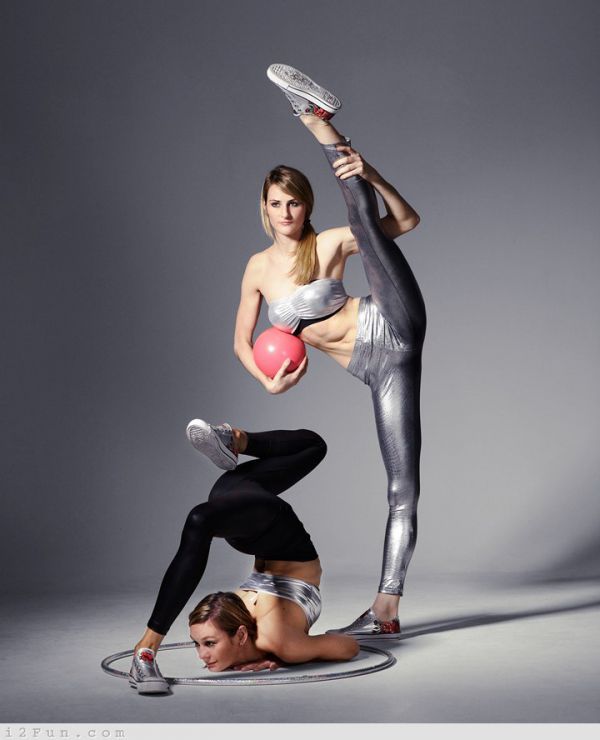
Static stretching, on the other hand, involves holding a certain stretch for a specific period of time. This is usually best done toward the end of class, during your cool down period. You should hold these stretches for at least 30 seconds, or even up to 60 or 90 seconds -- especially if you have a particular muscle you're trying to enhance flexibility in. At the end of your dance class, your muscles will be nice and limber, so you'll be able to push them further during static stretches.
Both dynamic and static stretches are good ways for dancers to improve their flexibility. However, it's best to avoid ballistic stretching, which incorporates bouncing movements where the muscles and tendons are rapidly stretched and relaxed. This can cause strain and can even damage tendons, joints and muscles.
Tip #5: Use strength training.
If you're trying to improve your flexibility as a dancer, then add some strength training to your workout routine mix. While flexibility improves the length of your muscles, strong muscles mean you can hold your dance positions for longer.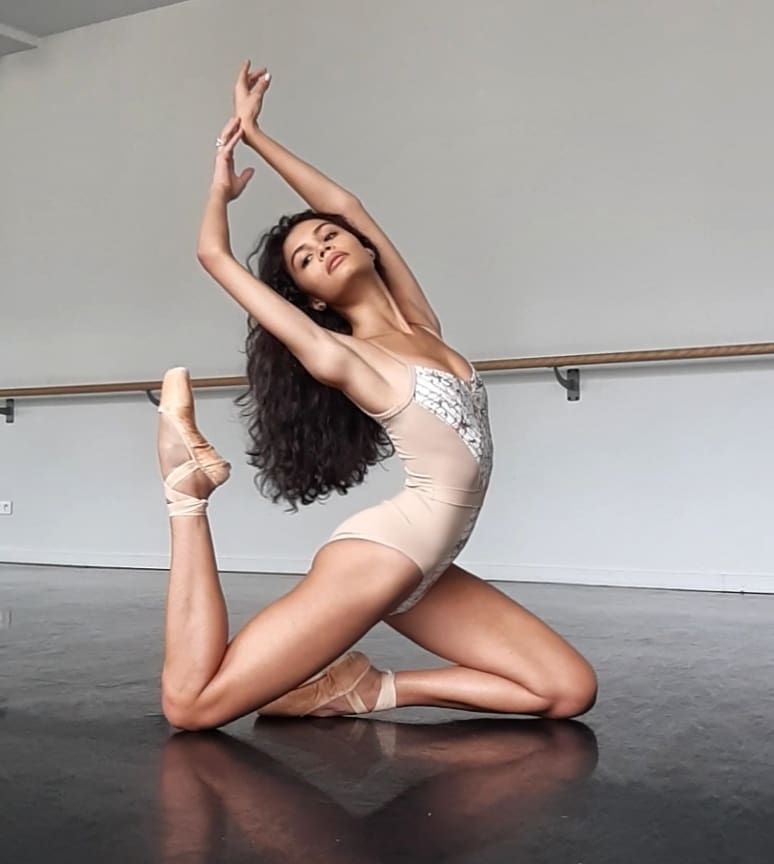
Tip #6: Don't push too hard.
If you're having sharp or severe pain, chances are, you've taken things too far. Don't continue on or try to push through the pain. Pain is your body's way of signaling that something is wrong. Likewise, don't stretch for too long before a big performance. Doing so can actually cut down on your ability to perform your jumps properly.
At Just for Kix, we offer all styles of dance uniforms and dance wear that are both stylish, as well as comfortable and functional. From hip hop pants to crop tops and sweatshirts, we've got you covered (literally)! Shop now and check out our collections.
Request a Just For Kix Catalog!
So you want to be flexible... — A Dancer's Life
L: Hyperextension R: Normal knee
There's always that one person in every class whose bones seem to be made of rubber (if indeed, there are any bones!) and who can lounge around in splits just as easily as they can hold a split penché; which is to say, effortlessly.
 Now, this person might be you, but if it isn't.. fear not! We've got some helpful pointers to get you on track to acing that arabesque! First of all, it's important to remember that just as we are born with different body types, there are different types of flexibility too. What we mean by this, is that certain people will be born with a naturally higher capacity for flexibility. Bodies vary greatly from person to person and some people will have longer muscle fibers, allowing them to stretch their muscles further, and with more ease - and some people will have shallower, less restrictive joints and sockets, giving them a greater range of movement (you know those people with hyper-extension in their knees and elbows, yep, that's them) being 'flexible' is going to come a little easier to these individuals.
Now, this person might be you, but if it isn't.. fear not! We've got some helpful pointers to get you on track to acing that arabesque! First of all, it's important to remember that just as we are born with different body types, there are different types of flexibility too. What we mean by this, is that certain people will be born with a naturally higher capacity for flexibility. Bodies vary greatly from person to person and some people will have longer muscle fibers, allowing them to stretch their muscles further, and with more ease - and some people will have shallower, less restrictive joints and sockets, giving them a greater range of movement (you know those people with hyper-extension in their knees and elbows, yep, that's them) being 'flexible' is going to come a little easier to these individuals.Miss/Mr flexible that we were talking about above will probably fall into this category, so it's important not to get frustrated or annoyed with yourself if you've been trying for ages and you still can't touch your toes to your head whilst they can. .. It's okay, have a brief Lion King moment* and then get on with it. The key is to remember that how you start does not determine how you finish, just because you couldn't touch your toes in the beginning (and everyone else could) doesn't mean you won't be knocking everyone over with a perfect Grand Battement a little down the track. It's all up to you.
.. It's okay, have a brief Lion King moment* and then get on with it. The key is to remember that how you start does not determine how you finish, just because you couldn't touch your toes in the beginning (and everyone else could) doesn't mean you won't be knocking everyone over with a perfect Grand Battement a little down the track. It's all up to you.
*Scar: giving us a life lesson
So, you've accepted the fact that you're not the most flexible.. yet, and that getting flexible is hard, but you also know that flexibility is an important physical advantage, if not a necessity, for a dancer (and that you reallllyy want to have Darcy Bussel's arabesque, and split kicks like those dancers on SYTYCD!) now what are you going to do about it? Well, these exercises for starters!
Remember: Make sure your body is adequately warm (see our warm-up guide here) before you begin these stretches to prevent muscles seizing up and causing injury to yourself.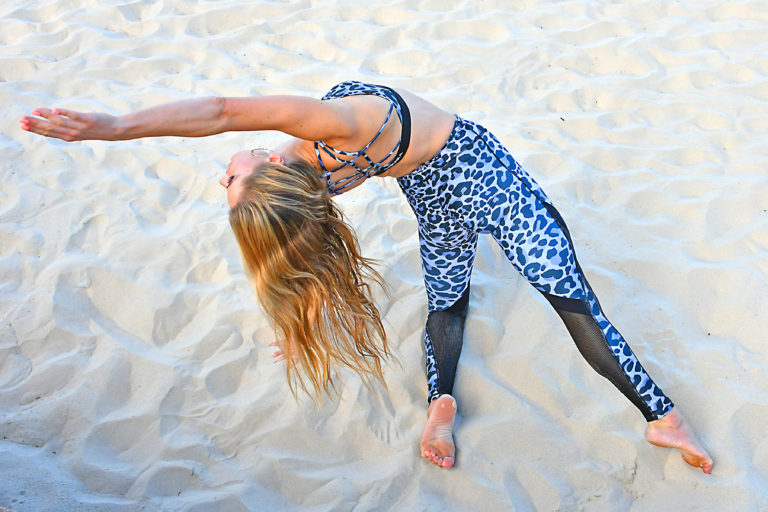 Don't push yourself too hard in one go, keep in mind that long term improved flexibility is much more rewarding than being uber flexible for one day, and then being so stiff you can't stretch all week!
Don't push yourself too hard in one go, keep in mind that long term improved flexibility is much more rewarding than being uber flexible for one day, and then being so stiff you can't stretch all week!
1. Stretching for back flexibility.
Lower back stretches. To begin, start by laying stomach side-down on the floor, legs straight out arms bent with hands placed next to either armpit, elbows by your side. Push the upper body up of the ground and towards the ceiling, keeping the hips firmly on the floor and pushing back away from your hands to give your back a gentle stretch (See Image 1.). Return to the neutral lying position, this time with arms by your side and bend the knees so that the feet are brought up and in towards the back. Reach your hands up and take hold of your ankles and pull the legs up and over towards the head whilst simultaneously lifting the torso up off the ground towards your feet (See image 2.).
Basic lower back stretch.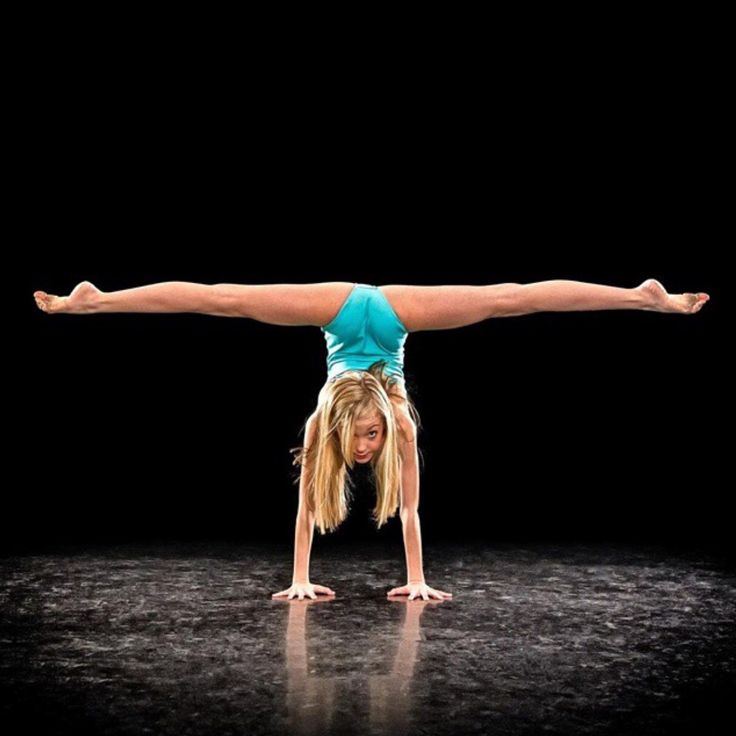
The second back exercise
Upper Back Stretches. Next, kneel on your knees, with the feet flat to the ground (so tops of the feet will be against the floor) and keeping everything below the hips vertical, lower the upper back and head backwards over the legs, allowing the arms to remain by your side. Go back as far as you need until a stretch is felt in the upper back (see Image 3.), if this is quite easy then raise the arms above the head and repeat, allowing the the pelvis and upper legs to also tilt backwards with the aim being placing your hands (stretched up above your head, not by your side as before), and finally your head on the floor (See Image 4.). This should also gently stretch your quadriceps.
Basic stretch
The advanced stretch
Advanced bridge: This is a great stretch to further increase your flexibility if you're comfortable doing a bridge (see Image 5.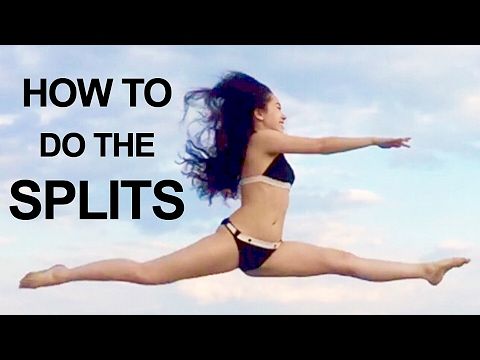 ) - If this stretch is still a little difficult for you then just keep practicing bridges, and re-asses in a couple of weeks. - Once you are up in a bridge shift your body so that your weight rests primarily over the arms, and gradually try to straighten you knees. This is very effective in stretching out the upper back and shoulders (See Image 6.). Don't worry if you can't get their just yet, gentle daily repetition will lead to gradual but significant improvement. If you can easily straighten your knees then relax back to a normal bridge, walk the hands a little closer to your feet and repeat until a reasonable stretch is felt. From here the next step is to bend the knees once more and lower yourself down so that your upper body is supported on your elbows, and your hands are folded under your head (see Image 7.)
) - If this stretch is still a little difficult for you then just keep practicing bridges, and re-asses in a couple of weeks. - Once you are up in a bridge shift your body so that your weight rests primarily over the arms, and gradually try to straighten you knees. This is very effective in stretching out the upper back and shoulders (See Image 6.). Don't worry if you can't get their just yet, gentle daily repetition will lead to gradual but significant improvement. If you can easily straighten your knees then relax back to a normal bridge, walk the hands a little closer to your feet and repeat until a reasonable stretch is felt. From here the next step is to bend the knees once more and lower yourself down so that your upper body is supported on your elbows, and your hands are folded under your head (see Image 7.)
The bridge.
Head to floor
Stretch for Arabesque/attitude: Now for a stretch that will aid with increasing your splits and back flexibility, improving the line of your arabesque/attitude and lengthening the quadriceps.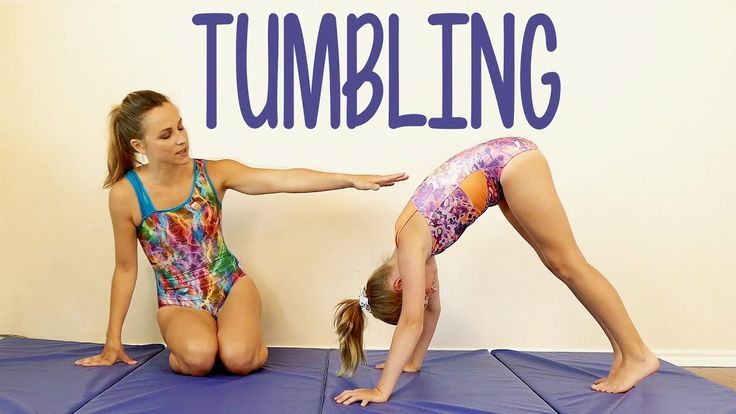 Using a theraband, bend one leg backwards at the knee, and with one end of the theraband grasped in each hand, loop the centre over the flat top of your foot. Sometimes it can be good to have someone supporting you as you do this (but not necessary), once you've steadied your balance, begin to extend the leg up and backwards, keeping the supporting leg straight, as well as tension in the theraband and using it to pull your leg up and over your head. Make sure you don't let the upper body collapse, but hold yourself upright with as straight a back as possible (See Image 8.). Try to hold it here for 10 to 15 seconds and then repeat with the other leg.
Using a theraband, bend one leg backwards at the knee, and with one end of the theraband grasped in each hand, loop the centre over the flat top of your foot. Sometimes it can be good to have someone supporting you as you do this (but not necessary), once you've steadied your balance, begin to extend the leg up and backwards, keeping the supporting leg straight, as well as tension in the theraband and using it to pull your leg up and over your head. Make sure you don't let the upper body collapse, but hold yourself upright with as straight a back as possible (See Image 8.). Try to hold it here for 10 to 15 seconds and then repeat with the other leg.
Stretching for Splits/Arabesque
2. Stretching for splits / leg flexibility.
Inner thigh / Middle Splits stretches. The next few stretches will focus on improving the flexibility in your inner leg (adductors), hamstring and gluteal muscles to aid in getting a flatter side splits and higher kicks/battements.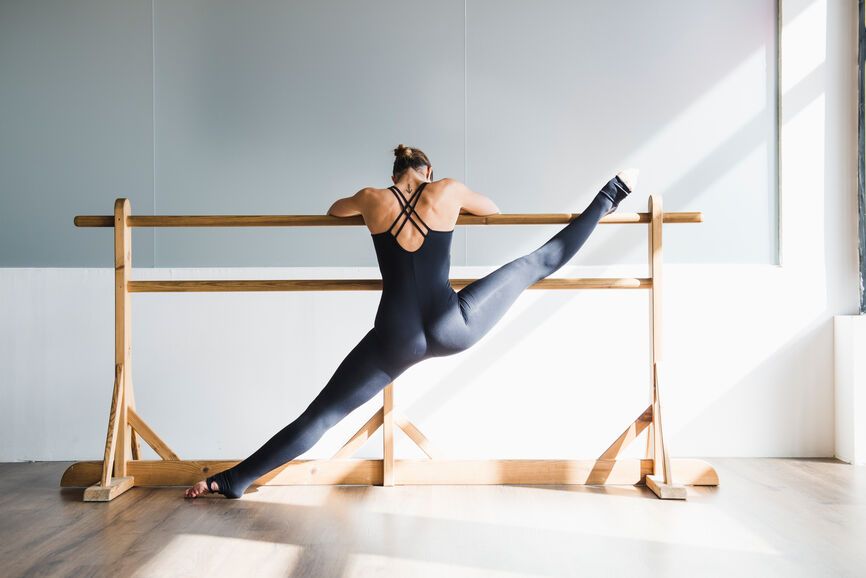 Remember to breathe and relax into the stretch, never force or 'bounce' it!
Remember to breathe and relax into the stretch, never force or 'bounce' it!
Standing Straddle Stretch: From a neutral standing position, split the legs so that the distance between the heels of the feet is approximately one and a half times the width of your shoulders, or a little wider, and you are now standing in a straddled position, with your feet facing forwards in a slight turn-out. Shift the torso to your right, so that the upper body is in line with the right leg and gradually lean forward trying to keep the spine relatively flat. At the same time use your hands to wrap around your ankle and gently pull the body closer; You should be aiming to press the entire upper body against your leg with the head reaching as close to the ground as possible (See image 9.). Return to the upright 'straddle' position and repeat to the left side. Perform the stretch again, this time keeping the upper body over the middle of the legs and leaning forwards, one hand on each ankle, until the chest is almost in between the legs, or as close as possible (See image 10.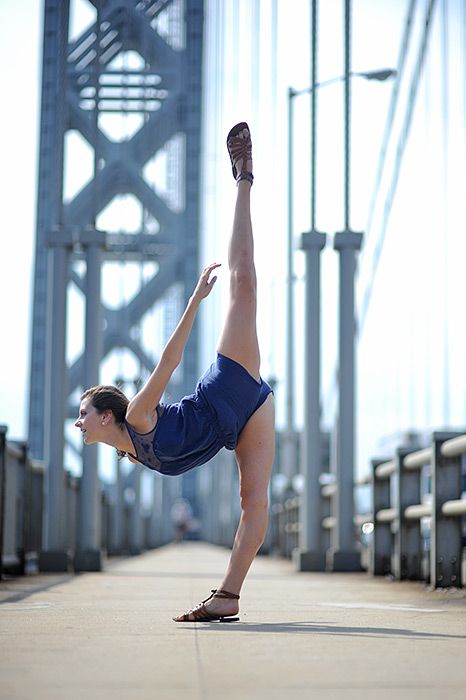 ).
).
Focus on getting the stomach and chest flat, rather than just the head.
View fullsize
View fullsize
Frog and Butterfly Stretch: Now for some floor stretches that will greatly improve your middle splits, hip range, and also your turnout. Please keep in mind that people with a very limited range of movement in their hips sockets may find these stretches to be too uncomfortable, so make sure you modify your routine as needed, not all stretches are suited to everyone which is why it's important to listen to your body.
Start sitting on the floor with your knees bent and the soles of your feet pressed together, legs drawn in and hands resting on your ankles. Gradually press your knees down towards the ground until a stretch is felt (See image 11), if no stretch is felt and knees can be flattened easily then hold the legs down, and keeping a long spine gradually bend forwards with the aim of touching your forehead to the your toes.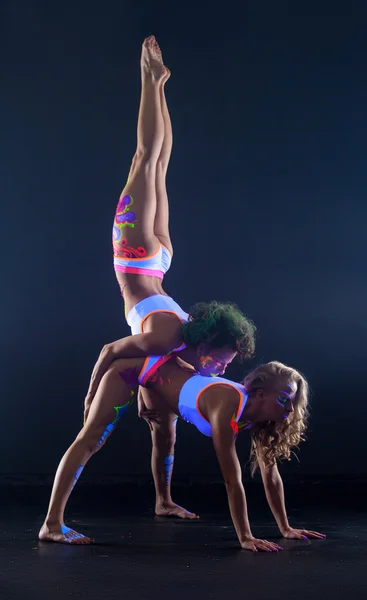
Keeping good posture is essential.
Next, position the body so that you're resting on your elbows and knees, back straight, and gradually spread the knees apart, pressing the hips down towards the floor and making sure you keep the knees in line with the hips (this bit is important!). It is helpful if you can get a friend or partner to gently press down on the lower back to increase the stretch. Once you have gone as far as you can, take several deep breaths and relax into the position, holding for 20 - 30 seconds before relaxing.
Finally, lay flat on the ground, stomach to the floor and draw the legs up in a turned out position with the soles of the feet touching (Don't sickle!). Keep bending the knees until you're in the 'frog position'. Unlike the previous stretch where the hips had to be held directly over the knees, the focus of this exercise is to keep the pelvis firmly connected to the floor, aiming also to get the ankles as close to the ground as possible. Don't be worried if your feet are stuck up in the air to begin with, some people will be more limited by their hips sockets (and turn-out capabilities) than others, and some will be able to get their hips and ankles to the ground immediately (See image 13.). Practice is the key here, with repetition everyone has the potential for improvement.
Don't be worried if your feet are stuck up in the air to begin with, some people will be more limited by their hips sockets (and turn-out capabilities) than others, and some will be able to get their hips and ankles to the ground immediately (See image 13.). Practice is the key here, with repetition everyone has the potential for improvement.
Hips remain pressed to the floor as knees draw in.
Next, sit up with your legs stretched out to the sides (in a relaxed middle split position) and make sure your toes are facing up towards the ceiling with no rolling forwards. If you like, you might find it beneficial to sit with your back against a wall to ensure you're not sinking or collapsing your posture. Now reach your left arm up from the side, and over your head, and still facing forwards bend towards your right leg, trying to feel the stretch all along the leg and up your side (See image 14.). Keep going until you feel a stretch and then hold for a count of 10.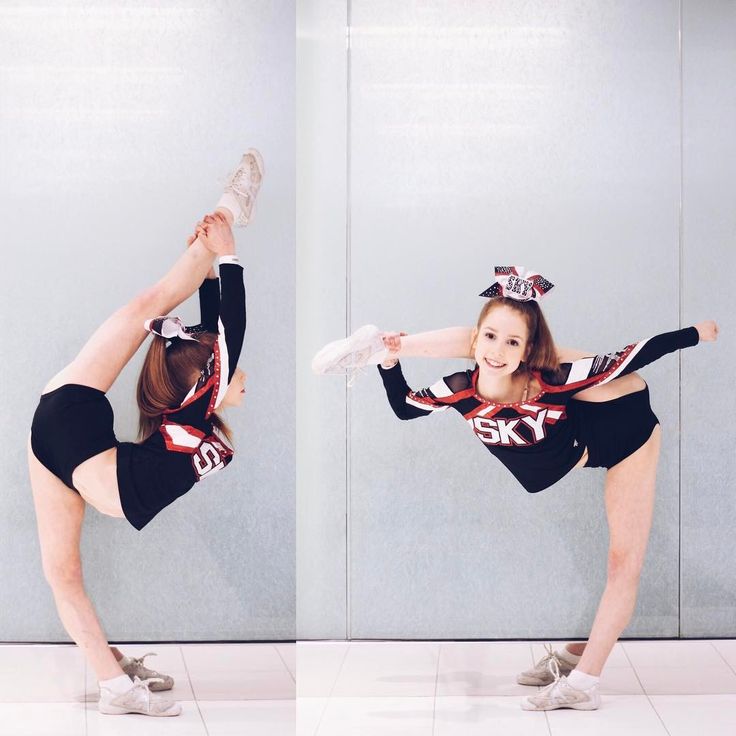 Relax, and repeat on the other side. Now repeat the exercise, this time shifting the upper body towards the leg and flattening all the way from your lower spine to your head until you are folded over your leg (See image 15.). This should give you a completely different stretch, as you engage new muscles to the ones targeted in the previous exercise. Once again hold the position for a count of 10 and repeat on the other side. Finally, return to the upright, forward-facing position and placing your hands in the centre, begin to walk them forward away from your body, allowing the chest to eased forward with them. Maintaining a straight a spine as possible, lower yourself towards the ground as you continue to walk the hands out. As you do this you should find your pelvis also rotating a little and coming forwards, placing you in a deeper, flatter middle split. Make sure to pause every few beats and take a couple of deep breaths, and then creep the hands forward a little further and repeat until hopefully you look like this (See image 16.
Relax, and repeat on the other side. Now repeat the exercise, this time shifting the upper body towards the leg and flattening all the way from your lower spine to your head until you are folded over your leg (See image 15.). This should give you a completely different stretch, as you engage new muscles to the ones targeted in the previous exercise. Once again hold the position for a count of 10 and repeat on the other side. Finally, return to the upright, forward-facing position and placing your hands in the centre, begin to walk them forward away from your body, allowing the chest to eased forward with them. Maintaining a straight a spine as possible, lower yourself towards the ground as you continue to walk the hands out. As you do this you should find your pelvis also rotating a little and coming forwards, placing you in a deeper, flatter middle split. Make sure to pause every few beats and take a couple of deep breaths, and then creep the hands forward a little further and repeat until hopefully you look like this (See image 16.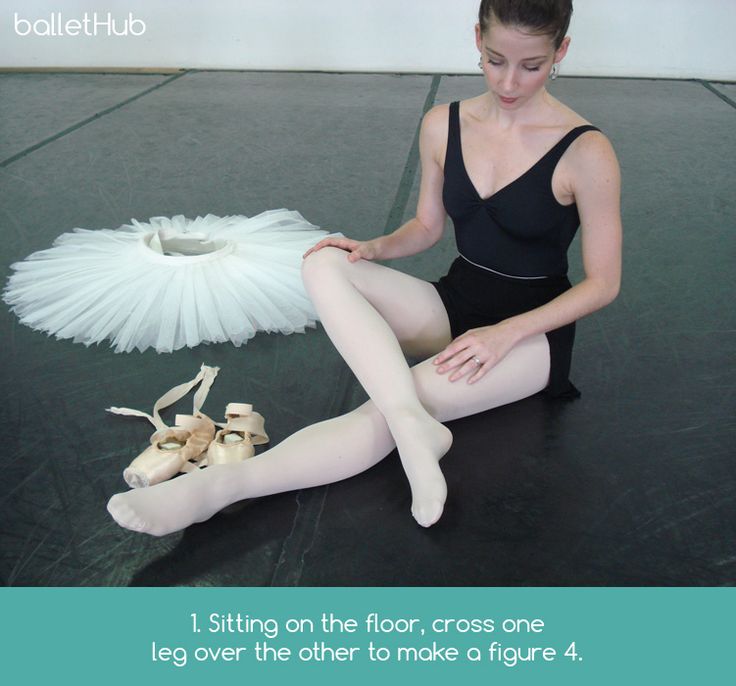 )! Once you relax from the stretch be sure to shake your legs out a little bit so your muscles aren't storing the tension.
)! Once you relax from the stretch be sure to shake your legs out a little bit so your muscles aren't storing the tension.
Toes facing upwards, upper body facing forwards.
The body has now shifted to face the leg, toes remain pointed towards the ceiling (they may be flexed or stretched according to preference).
Flatten from the lower spine, so the back stays as flat as possible, this provides a much more effective stretch.
Et Voila! There you have it; A selection of fantastic stretching exercises that will help you improve your flexibility in leaps and bounds (not without practice and dedication though)!
Article by Elly Ford
Read Next:
Preventing Muscle Soreness
Pointe Shoes the Perfect Fit
Coping with Injury
Dance Advice, Fitness, New to Dance, Advice + Tips, Health + FitnessEnergetiksdance, stretching, dance advice, tips, ballet tips, flexibility, flexibility tips, splits, flexible, stretching tutorial, ballet stretches, dance stretches, So you want to be flexible, Elly Ford7 Comments
0 LikesWhy should an engineer start dancing tango / Sudo Null IT News
About once a week my evening looks like this: I put a nice shirt or two in my bag, a nice pair of shoes and come to a park with an open veranda, a restaurant or a club. Several dozen well-dressed men and women have already gathered there, I quickly change clothes and join them. I know someone, we warmly embrace and exchange a few words for life. There is a bar: you can take a glass of wine, a cocktail or juice. Somewhat old-fashioned, but beautiful and rhythmic music is playing. Here it changes, I listen to the first bars, look around the room, choose the most spectacular woman and try to catch her eye.
Several dozen well-dressed men and women have already gathered there, I quickly change clothes and join them. I know someone, we warmly embrace and exchange a few words for life. There is a bar: you can take a glass of wine, a cocktail or juice. Somewhat old-fashioned, but beautiful and rhythmic music is playing. Here it changes, I listen to the first bars, look around the room, choose the most spectacular woman and try to catch her eye.
No, this is not a "over 30" dating club, not a psychological training and not an underground marketplace for escort services. For more than ten years, apart from a few breaks, I have been dancing social Argentine tango.
The key word here is "social". This is not a sport (there are sports and ballroom dancing, the standard program of which includes tango), not fitness, not a folklore club. Social dancing is a hobby that millions of people all over the world do, and now I’ll tell you why this is an ideal activity for Habr’s audience: software engineers, testers, SREs and others, who until recently were condescendingly called nerds and geeks (so far our companies did not begin to receive billion-dollar valuations, and we ourselves did not become millionaires in those very 30s).
Another important feature of social dances is that they are danced in pairs, where there are roles of leader and follower, leader and follower (this is what, by the way, the politically incorrect master and slave had to be renamed into). These couples are formed impromptu: in tango there is the concept of cabeseo / mirada, when potential partners meet eyes, nod to each other, the partner approaches the partner and invites her to the dance floor with a gesture. Other social dances probably have their own, more or less formal ways of negotiating a dance. The social dances themselves are largely improvisational, of course, they have separate figures and ligaments, but exactly how and in what order to compose them is decided by the leader in a pair during the dance, based on the music, his mood and the availability of free space on the dance floor. .
It's obvious that you can't just come and start dancing without preparation - all social dances have to be learned, some longer, some faster.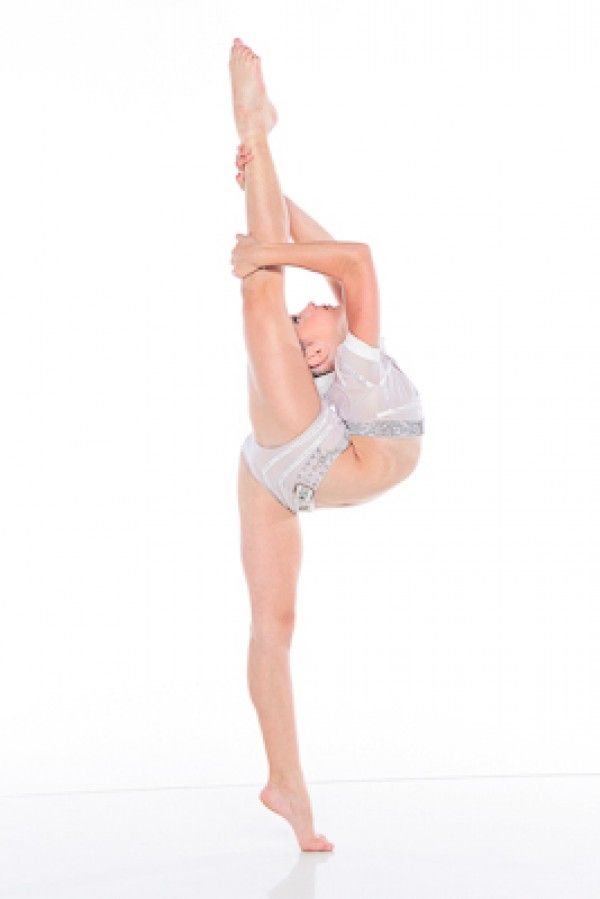 They say that in Cuba they learn to dance salsa in two weeks, and tourists probably do it in 2-3 days, but the typical training time for tango, salsa, and swing varieties is from three to six months. At this point, it is considered that students can already dance tolerably with each other and other beginner dancers and enjoy it. The path from beginner to intermediate and advanced level can take several years, but in general this process has no end: you can always improve the basic technique, learn new figures, ligaments and whole varieties of dance.
They say that in Cuba they learn to dance salsa in two weeks, and tourists probably do it in 2-3 days, but the typical training time for tango, salsa, and swing varieties is from three to six months. At this point, it is considered that students can already dance tolerably with each other and other beginner dancers and enjoy it. The path from beginner to intermediate and advanced level can take several years, but in general this process has no end: you can always improve the basic technique, learn new figures, ligaments and whole varieties of dance.
Thus, a typical week of a student in a social dance group consists of two group lessons of one and a half hours and at least three hours of independent practice, without which the lessons practically do not make sense: in the lessons we only learn the material, and for mechanical memorization it is required to repeat it many times . In addition to lessons and practices, you will have to spend at least a minimal amount on clothes and shoes.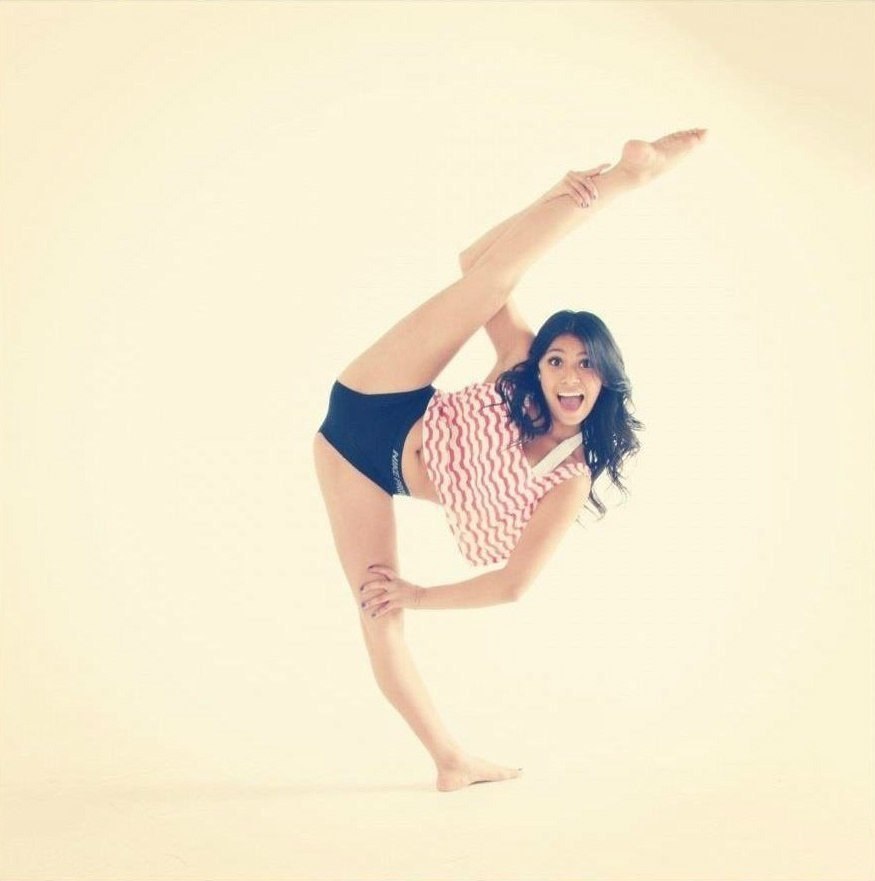 Over time, you will want to attend more expensive seminars and intensives and even take private lessons (I continue to do this regularly with my more than a decade of experience), as well as buy or make custom-made dance "equipment". For the sake of what, one wonders, such an investment of money, and, more importantly, time? And why do I strongly recommend IT workers to do this?
Over time, you will want to attend more expensive seminars and intensives and even take private lessons (I continue to do this regularly with my more than a decade of experience), as well as buy or make custom-made dance "equipment". For the sake of what, one wonders, such an investment of money, and, more importantly, time? And why do I strongly recommend IT workers to do this?
First of all, social dancing is a great way to socialize (pun intended). At lessons and practices, as well as at milongas (the so-called tango parties), salsatecs and parties of other dances, you meet a variety of people with whom you will be united by common interests, topics for conversation, and this is great both to satisfy the basic need for communication, and for making new useful contacts, as well as, last but not least, acquaintances with the opposite sex. Women in social dances come off to the fullest in terms of dresses, shoes, hairstyles and makeup: everything that they sometimes lack in everyday life, they can fully embody on the dance floor, so their eyes diverge out of habit, and the pulse quickens to a slight tachycardia.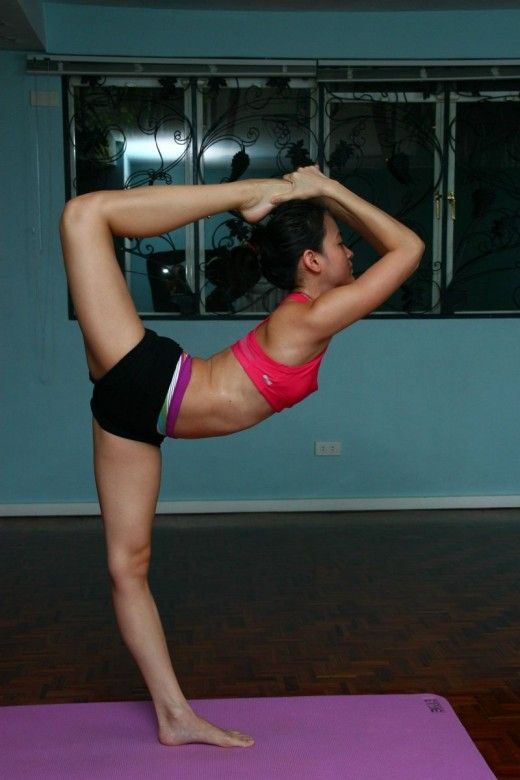 The rituals of choosing partners and partners are pretty similar to similar gender rituals of flirting and seduction, and the fifteen-minute dance itself can express a lot of emotions without words and helps to get to know each other better than texting on Tinder or dating in coffee shops. However, moving from dancing to casual conversation is as easy as shelling pears: I remind you that the bar is open!
The rituals of choosing partners and partners are pretty similar to similar gender rituals of flirting and seduction, and the fifteen-minute dance itself can express a lot of emotions without words and helps to get to know each other better than texting on Tinder or dating in coffee shops. However, moving from dancing to casual conversation is as easy as shelling pears: I remind you that the bar is open!
(don't stop reading on the previous paragraph, it's not all good things about social dancing!) problems and algorithms. In this regard, the "right hemispheric" functions - emotions, intuition, imaginative thinking, perception of art - are less developed in us, and the further we advance in our career, the stronger this imbalance. Social dancing is a great way to pump your "right hemisphere": learn to listen and hear music, perceive and express emotions and improvise. These are invaluable skills that will come in handy countless times in a variety of life situations, from moving in a dense stream of people to work meetings and business and personal relationships.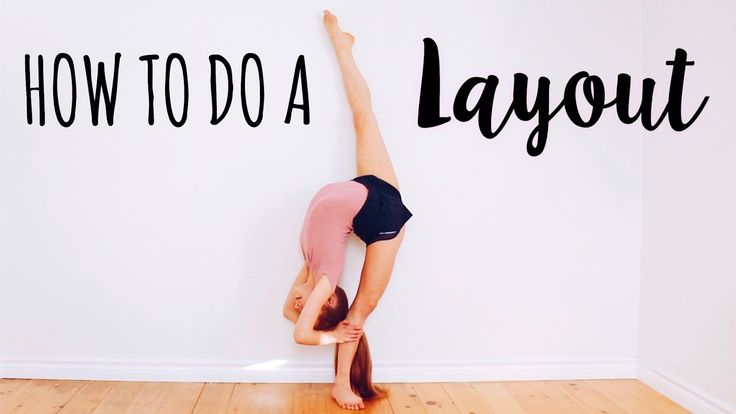
I'm not talking about the fact that the formation of new neural connections is a hyperuseful process for the brain, especially with age. If you don’t want to turn into a conservative bore by the age of 40, who is lashing out at the youth unleashed with their flashlights in the yard, then it’s a matter of our time! - you need to constantly learn something new, helping the brain and psyche to maintain plasticity and lability. Learning something that is not just outside of your work responsibilities and professional interests, but perpendicular to them is a hundredfold useful. With my ten years of experience, I constantly continue to learn something in tango, attend seminars of Argentine maestros, exchange new chips with tangeros friends, study tango music and learn a little Spanish to better understand the lyrics.
But that's not all! The third whale of dancing is the physical form. At first glance, it seems that most social dances, unlike ballroom dancing, do not require much effort, especially if we are talking about Argentine tango, and not boogie-woogie or lindy-hop.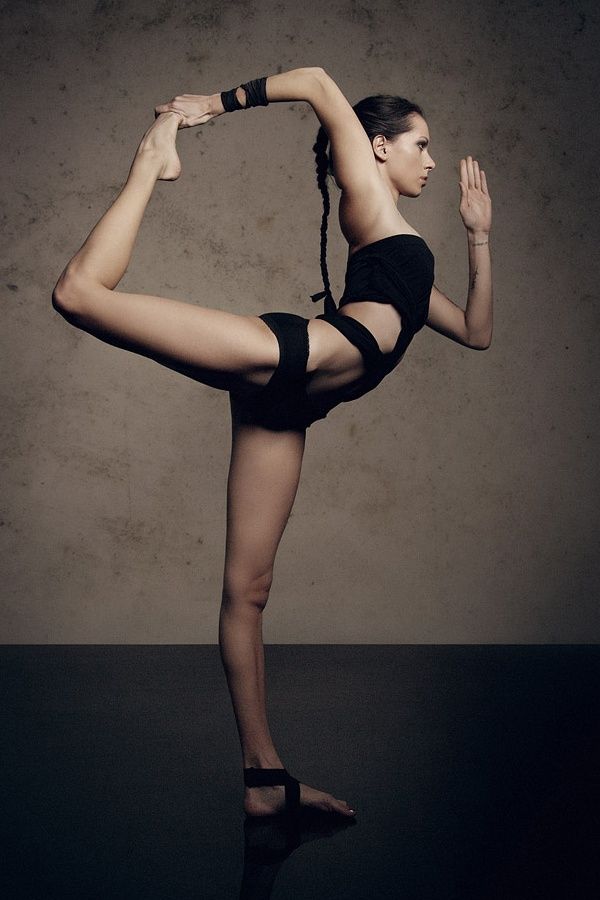 But this impression is deceptive: the music is fast, the figures and ligaments are complex and require a certain dexterity, and a lot of strength is required to maintain balance (feet and ankle), hold your axis (back muscles and corset muscles), embrace with a partner (muscles of the arms ). Each step in tango is accented and, starting from the floor, ends at the point of contact of the couple, engaging all the muscles along the way. And so an hour and a half of a lesson, two hours of practice or 3-4 hours of a milonga!
But this impression is deceptive: the music is fast, the figures and ligaments are complex and require a certain dexterity, and a lot of strength is required to maintain balance (feet and ankle), hold your axis (back muscles and corset muscles), embrace with a partner (muscles of the arms ). Each step in tango is accented and, starting from the floor, ends at the point of contact of the couple, engaging all the muscles along the way. And so an hour and a half of a lesson, two hours of practice or 3-4 hours of a milonga!
In-depth work on dance technique and basic techniques of balance, step, axis and embrace lead to an increase in body awareness (understanding how the body and its individual parts work) to the level of advanced adherents of Pilates, bodybuilding and even yoga. Some dancers and especially dance teachers organically develop in the direction of body psychotherapy and embodiment (google, the text is already big). Already from the advanced level, dancers get a good posture, a light and energetic step, as well as an image improvement and an increase in self-esteem as a bonus, and with experience this only progresses.
With this, I will end social dancing in general and move on to the benefits of Argentine tango specifically.
Firstly, in my opinion, it is in the Argentine tango of all social dances that there is the most improvisation and the least memorized chords and "tracks". At least it is in tango that this is valued above all. This is due to the traditions of the Argentine milongas, where the density of couples per square meter of the floor is sometimes such that there is nowhere for an apple to fall, and the ability of a partner to use all the available space or move in one place in a variety of ways was a sign of skill.
Secondly, tango has the most complex emotions and feelings. The norm for tango is a close hug, when the bodies of the partner and the partner are tightly pressed in the chest area. We are actually dancing, embracing! Feeling each other's micro-movements, delicately touching with your feet, hearing breathing, freezing or breaking away in unison is priceless for me.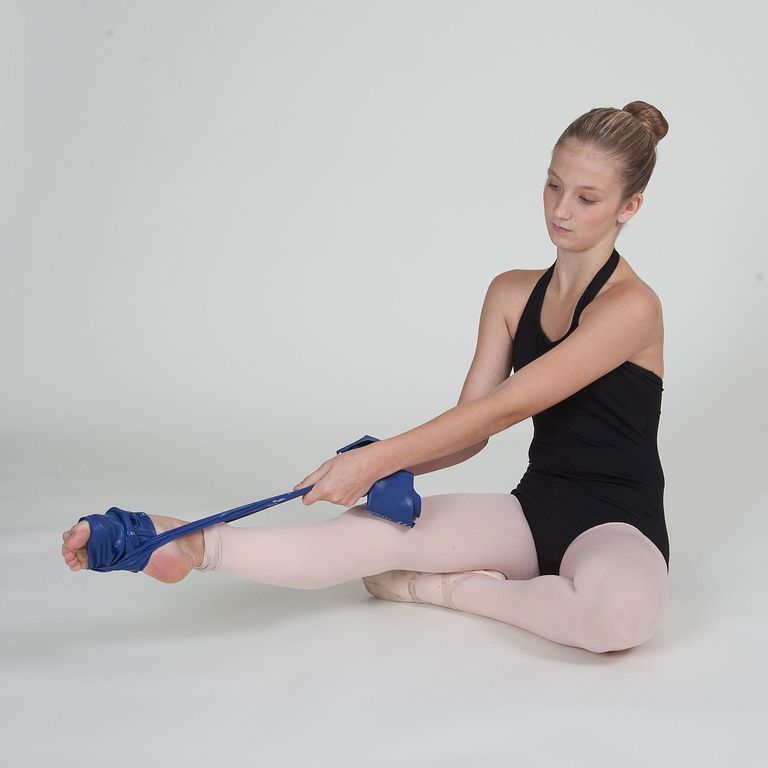 Well, just hugging other people is good for your health (yes, there are scientific studies).
Well, just hugging other people is good for your health (yes, there are scientific studies).
Because of this, tango is usually danced by people who are emotionally mature, able to express their mood and appreciate the feelings of others. There are very few “achievers” in the tango environment, people whose thoughts are aimed at producing an external effect: after all, most of our dance takes place within a couple. At the same time, the rule "what happens on the dance floor - stays on the dance floor" applies, and after a sensual tanda on the verge of eroticism (four melodies that are danced in a row without a change), my partner and I can look at each other and disperse in different directions in satisfaction, so that in 15 minutes, experience the same (or completely different) range of emotions with other people.
And this is a photo of your disobedient servant in the emotional moment of the dance For me personally, such a thing as tango tourism plays an important role. Argentine social tango is so widely spread across the planet that there are dancing parties in almost every major city in the world, except for countries where bodily contact between unfamiliar people is considered unethical or even prohibited. Going on any trip, I throw a pair of dance shoes into my bag, and I am almost sure that if I want to go dancing, I will easily find such an opportunity for myself, as it happened many times in Israel, Cyprus, Turkey, Greece, Croatia, Italy, France, Spain, Germany, Denmark, USA, and everywhere else. Before the coronavirus, tango festivals were held all over the world, including in Russia and Belarus, including both just milongas and master classes by a world-class maestro. This was a great reason to choose a place for the next vacation: to see the city and in the evening there is always something to do. St. Petersburg, Nizhny, Chelyabinsk, Minsk, Istanbul, Naples, Genoa, Barcelona - these are just some of the places where I attended great events and met cool people.
Argentine social tango is so widely spread across the planet that there are dancing parties in almost every major city in the world, except for countries where bodily contact between unfamiliar people is considered unethical or even prohibited. Going on any trip, I throw a pair of dance shoes into my bag, and I am almost sure that if I want to go dancing, I will easily find such an opportunity for myself, as it happened many times in Israel, Cyprus, Turkey, Greece, Croatia, Italy, France, Spain, Germany, Denmark, USA, and everywhere else. Before the coronavirus, tango festivals were held all over the world, including in Russia and Belarus, including both just milongas and master classes by a world-class maestro. This was a great reason to choose a place for the next vacation: to see the city and in the evening there is always something to do. St. Petersburg, Nizhny, Chelyabinsk, Minsk, Istanbul, Naples, Genoa, Barcelona - these are just some of the places where I attended great events and met cool people.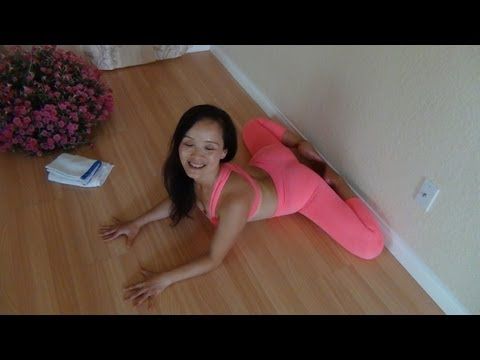
And finally: when the basic movements are danced to automatism, and the necessary muscle groups are constantly in good shape, the requirements for physical fitness become not as acute as at the beginning of the journey. As a result, tango can be danced even at a rather advanced age of 60-70, unlike other social dances, where this is rather an exception. In the milongas in Argentina, where the tango culture is most alive and integrated into society, it will not be a surprise to meet dancers aged 80 and even older. Just watch the great Carlos Gavito at almost 60 dancing with 35 year old Marcela Duran to the music of Osvaldo Pugliese. This show was one of the catalysts for me getting into tango, and the tune is still one of my favorites:
Now you probably have one question left: where to start your path to social dancing, how to understand if it's mine or not? If the article arouses interest, I will write a sequel about this and much more that I will meet on the path of a social dancer, as well as share my personal experience.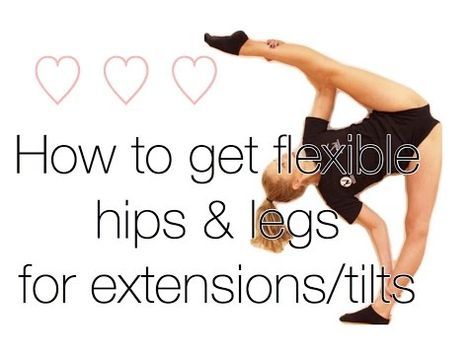 In the meantime, instead of a link to the continuation - a link to an open lesson, which will be held on February 19 (Friday) at 20:00 in the Moscow studio El Gato Tango in Armenian Lane, where I practice most of my tango life and which, of course, I recommend from the bottom of my heart . Teachers will talk about the history and modernity of tango, show dancing in different styles and to different music, and at the end put those who wish in pairs and show a few simple movements in a training embrace.
In the meantime, instead of a link to the continuation - a link to an open lesson, which will be held on February 19 (Friday) at 20:00 in the Moscow studio El Gato Tango in Armenian Lane, where I practice most of my tango life and which, of course, I recommend from the bottom of my heart . Teachers will talk about the history and modernity of tango, show dancing in different styles and to different music, and at the end put those who wish in pairs and show a few simple movements in a training embrace.
an important element in the development of a child
What is choreography? First of all, this is the culture of movements, the art of beautifully presenting oneself in dance. It is also a kind of creating an artistic image shown without the help of speech. Feelings, thoughts, experiences of a person are transmitted through movements, facial expressions.
Modern dance has three directions, including folk, classical and modern. The first and second types are the main ones, therefore they have a more expressive range of movements.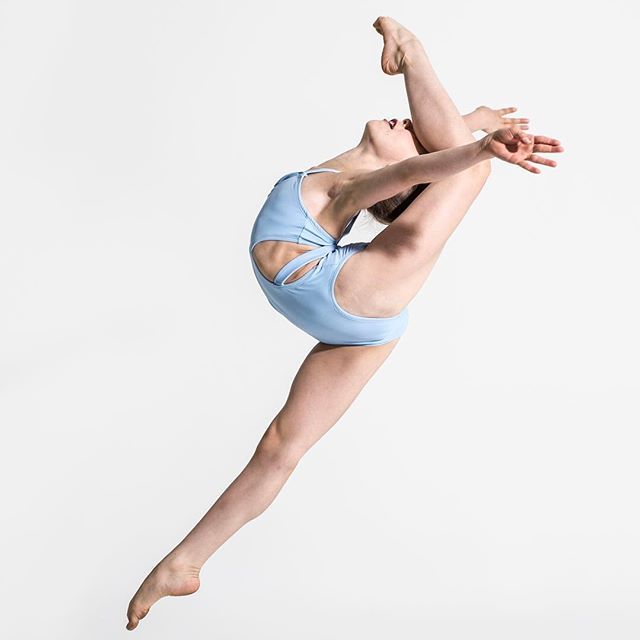 The third option consists of all dance styles that have appeared after classical ballet.
The third option consists of all dance styles that have appeared after classical ballet.
Children benefit from dancing. After all, such a hobby helps to develop a sense of rhythm, get a good stretch, gain plasticity and flexibility. In addition, it contributes to the development of creativity, as well as artistic taste.
Dance classes
Choreography for children is first of all about gaining confidence at a young age. In the process, the child realizes himself as a person, directing his energy to self-development.
Lesson plan
The initial task of a choreographer is to introduce children to classical movements, so children's choreography includes the following basics:
1. Position of arms and legs.
2. Separate movements.
3. Formation of posture.
4. Outdoor games with learning dance sketches.
After this material is assimilated, the dance becomes more difficult, and then new compositions are added.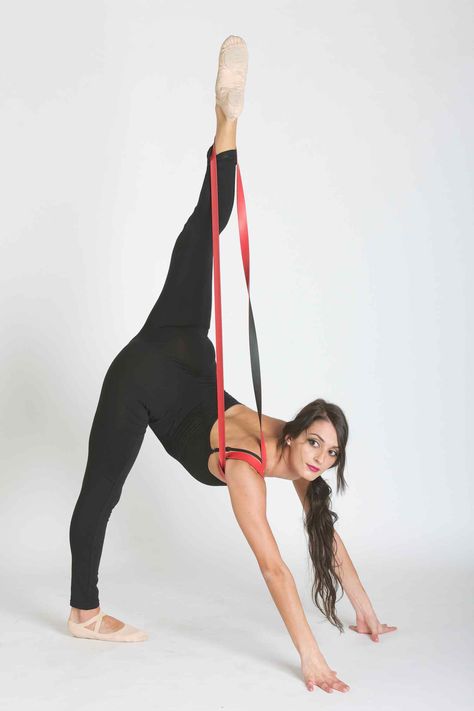 Choreography for children is always accompanied by various musical pieces of classical and folk music, as well as children's songs, modern rhythms.
Choreography for children is always accompanied by various musical pieces of classical and folk music, as well as children's songs, modern rhythms.
The essence of choreography
What is choreography in essence? For children, this is a game during which they learn to move to the music and master the basics of dance. Such activities help to develop physically and psychologically. Which direction to choose for their child - each parent decides for himself, but classical ballet always looks more advantageous against the background of others.
Choreography for ballroom dancing
Very often choreography is used as a compulsory subject for other professional areas, such as ballroom dancing. Due to the complex coordination of this sport, the main work and time of the coaches is given to the main program of ballroom dancing, so the choreography classes are conducted by the choreographer on a separate day. But this activity is a must for ballroom dancers.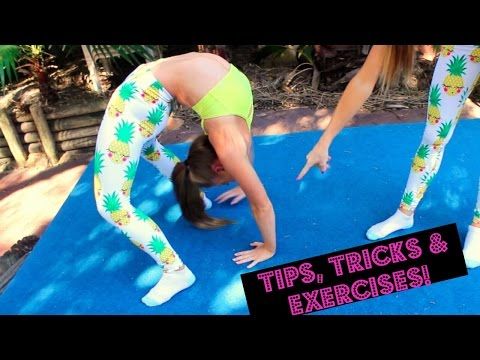 As you can see, there is no escape without choreography.
As you can see, there is no escape without choreography.
Classics for children
The choreography program in ballet is very serious. After all, this is not just a dance - a way of life. All feelings, emotions require maximum dedication, work, time. Although all efforts are not in vain, because ballet is at the top of the cultural hierarchy and requires special treatment. This art combines beauty, as well as the perfection of form, associated with the depth of the inner world. It is possible to learn multiple movements, but growing as a person, feeling the music, movements, creating an image in dance is the most difficult thing. Deeply, with all responsibility, not everyone can perceive the melody, but only a few. Therefore, it is important to teach your child this quality.
What can you get from ballet?
1. Children involved in ballet from their youth do not have problems with the spine. This is because the posture immediately straightens, and the existing curvatures are corrected.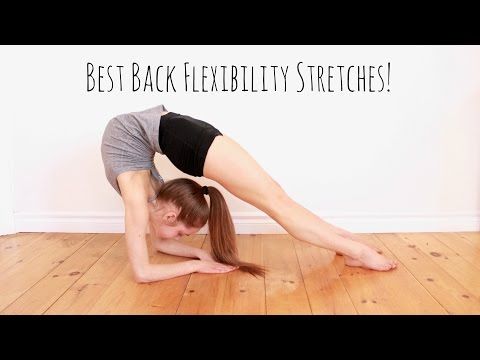
2. Learning to dance brings up personal qualities in a child – psychological stability, perseverance, purposefulness.
3. Children's choreography helps to develop such a quality as the ability to achieve results in everything. Perhaps in the future this type of activity will not be professional, but people related to it always stand out among others with their expressiveness.
Classical dance school
Not every city has a good choreography school that teaches ballet art. Real professionals usually work in such an institution. It is these teachers who teach children the basics of dance, instilling in them respect for classical art. Subsequently, people who are a model of physical and spiritual perfection come out of the ballet school, causing admiration in many. That is why the idea of doing this kind of activity from childhood is very entertaining. The child does not yet understand what choreography is, so knowledge is given gradually.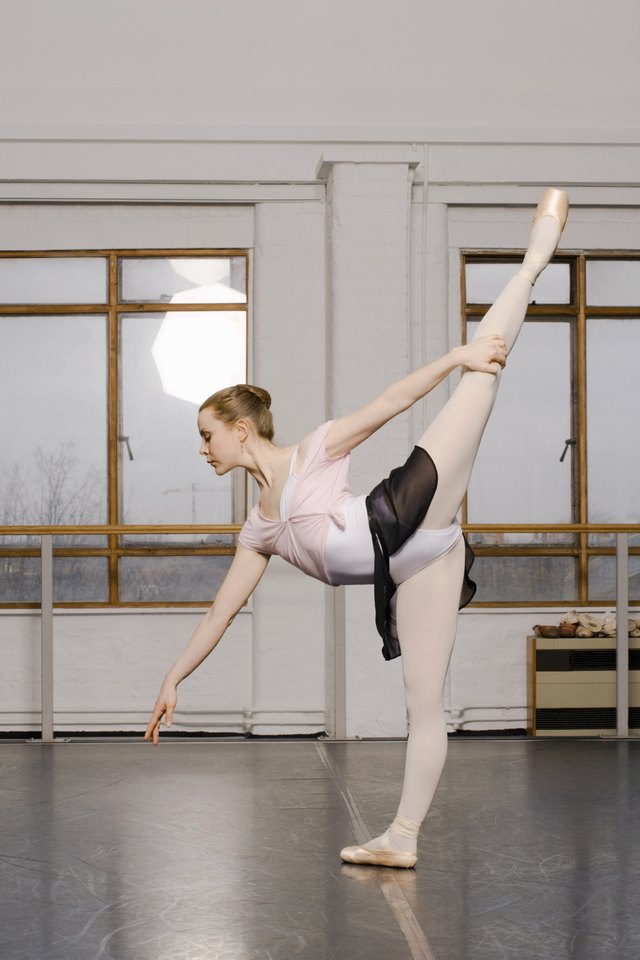 The curriculum is usually created for each age separately.
The curriculum is usually created for each age separately.
The youngest, aged 4 to 6, learn how to stand and walk while dancing. During the lesson, they study dance steps, jumps, hand positions, body positioning, and develop an ear for music.
Choreography program for older children - from 6 to 10 years old - teaches concentration of attention, methods of performing movements at the barre. Therefore, the program usually includes repetitions of existing knowledge and the inclusion of new elements, staging various studies. Grown up children, starting from the age of 10, already decide for themselves whether to stay in this type of activity or not. This is because further classes are held at a professional level with the further realization of oneself as a ballet dancer.
Of course, a child by this age should already have the necessary qualities, such as flexibility, correct steps, jumps. What is left for other children to do? The solution to this problem is simple - they perfectly realize themselves in any other direction of dance.